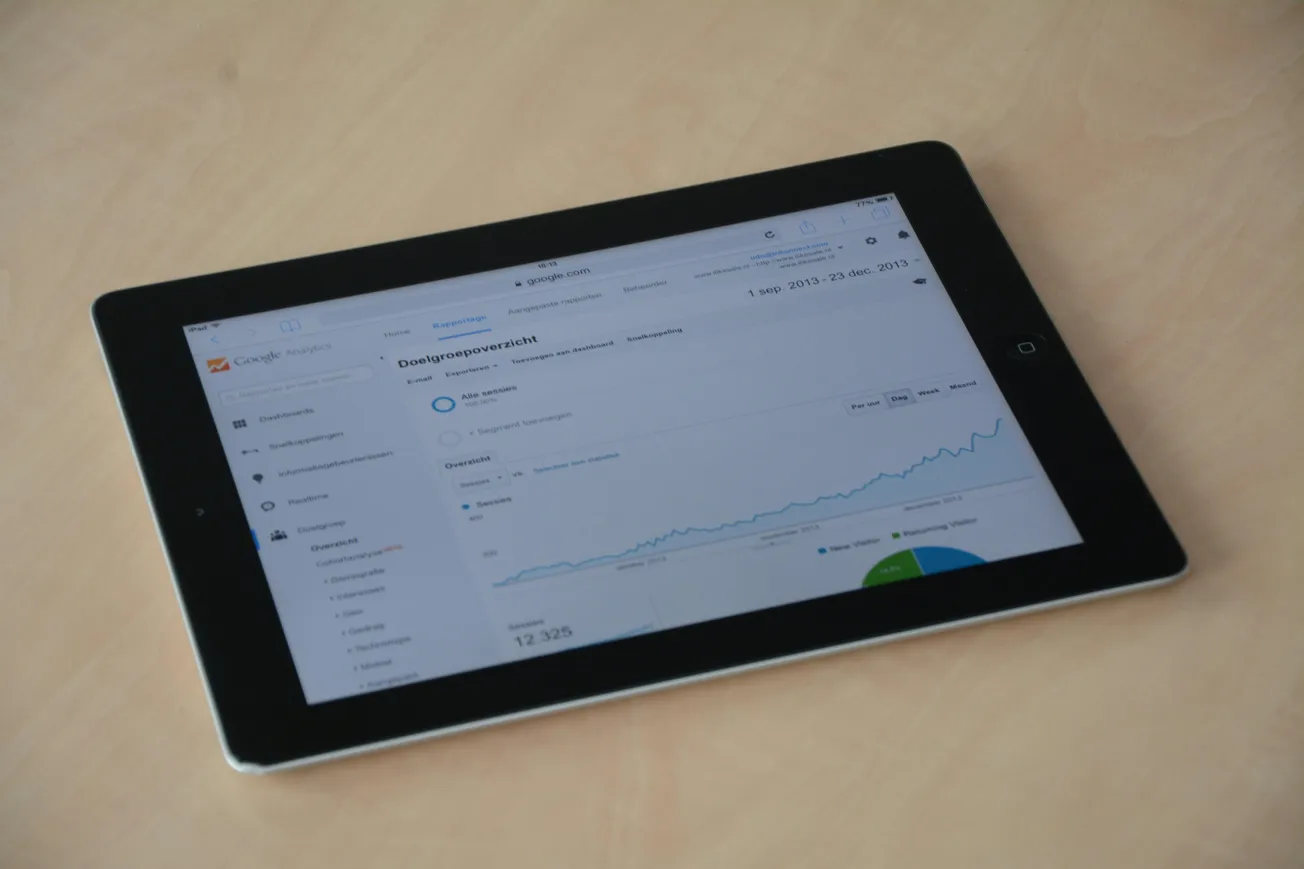A new era of retail is unfolding in Bentonville, where artificial intelligence and global trade shifts are converging to redefine how suppliers engage with Walmart and Sam’s Club.
Artificial intelligence is no longer experimental—it's a necessity. Walmart’s partnership with OpenAI and commitment to workforce AI training underscore the company’s tech-forward direction. Suppliers are following suit, leveraging AI for everything from sales proposals and forecasting to rapid product design iteration. What once took weeks—such as prototyping new SKUs—can now be done in hours using generative tools.
Retail veterans John Reeves and Brett Dye explain that fluency in AI will soon become table stakes, much like Retail Link once was. Walmart’s internal push sets a precedent across the retail landscape, making it imperative for CPG companies to embed AI into workflows to remain competitive.
Tariffs and Sourcing Shifts Complicate Margins
Meanwhile, global sourcing strategies face new pressures. Volatile tariffs—especially on Chinese imports—are pushing suppliers to rethink supply chains. Companies are increasingly eyeing India, Vietnam, and even U.S.-based manufacturing, despite infrastructure and cost hurdles.
While Walmart works to protect entry-level pricing, mid-tier products are already feeling cost pressures. Suppliers must now balance short-term margin hits with long-term resilience planning. Nearshoring and domestic production, once fringe ideas, are becoming serious options in light of global uncertainty.
Agility Is the New Competitive Advantage
Retail's next chapter requires speed, adaptability, and deep customer insight. As Walmart sets the pace in both AI adoption and trade response, suppliers must evolve in tandem—building capabilities, adjusting strategies, and staying close to the data.









